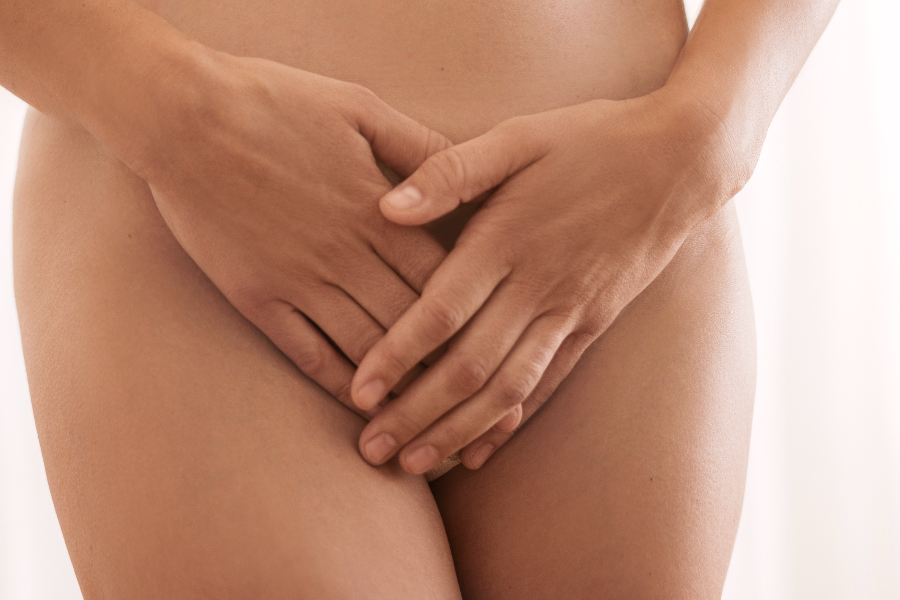Labia reduction
Labia can simply be too long for genetic reasons, but age and other influences can also lead to such changes, which are usually very stressful for those affected. The labia can also be changed by congenital deformities, injuries or tumors - or even be disfigured. But age and other influences can also lead to such changes, which are usually very stressful for those affected.

"Corrections in the most intimate places..."
Labia reduction

Labia reduction at a glance

Before the Operation
- For labia reduction, the genital area should be completely shaved in order to minimize the risk of infection and thus make dressing changes easier.
- For a period of around 14 days before the operation You should avoid medications that contain acetylsalicylic acid (e.g. aspirin, ASA, etc.), as these impair blood clotting.
- You should also largely avoid alcohol, cigarettes and sleeping pills. Nicotine can also reduce blood circulation and delay wound healing. Therefore, avoid nicotine two weeks before the operation and also during the wound healing phase.
After the Operation
- Daily showering with a disinfectant soap
- No sexual intercourse: 4 weeks
- Antibiotic: 7 days
What will happen
What can happen
After the operation there may be scars and pain in the surgical area, but these usually disappear completely after a certain amount of time. Sensitivity during sexual intercourse is not affected. Asymmetry may result after swelling has resolved, but is usually neither bothersome nor noticeable.
FAQ
Labiaplasty reduces excess tissue of the inner labia to relieve discomfort during sport, sitting, or sex. Many women also choose it for aesthetic reasons to feel more comfortable in their body.
Plan for 7 to 10 days of rest. Avoid sports and sexual intercourse for 4 to 6 weeks.
Outpatient procedure under local anesthesia.
Scars are barely noticeable as they’re hidden in natural folds of the labia.
Schedule a Consultation
Dr. Shirin Milani
Specialist in plastic, aesthetic and reconstructive surgery



